by Jon LeSage, editor and publisher, Green Auto Market
Here’s my take on the 10 most significant and interesting occurrences during the past week…….
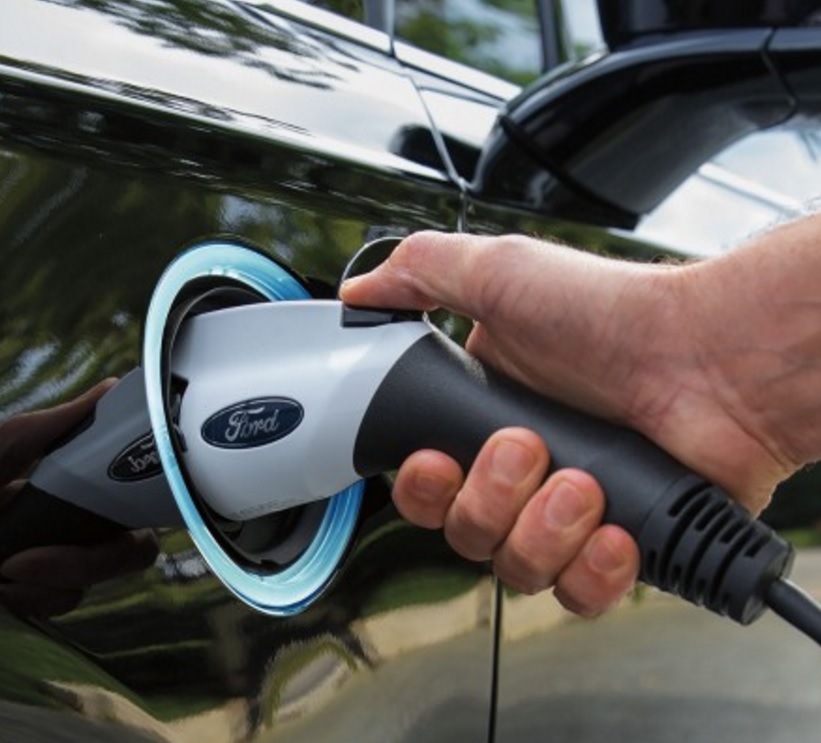 Ford joining China EV market: Ford Motor Co. is now in agreement with Daimler, Tesla, and General Motors on the importance of China in the global electric vehicle market. Ford is launching the Mondeo Energi plug-in hybrid in China early next year and an all-electric small SUV in that market within five years. The EV will go more than 280 miles on a charge, and will also be sold in the U.S. and Europe. The automaker said that 70 percent of all Ford nameplates will have an electrified option in China by 2025; that will include hybrids, plug-in hybrids, and battery electric vehicles. That lineup will include all vehicles manufactured jointly through Changan Ford JV, which is a collaboration with Changan Automobile. EV sales are expected to stay strong in China, whether or not the government cuts back on its generous subsidies. “The time is right for Ford to expand our EV lineup and investments in China,” said Ford CEO Mark Fields. “We are prioritizing our electrification efforts on China to reflect its importance as a global electrified vehicle market and to make lives better, simpler and more cost effective for Chinese consumers.”
Ford joining China EV market: Ford Motor Co. is now in agreement with Daimler, Tesla, and General Motors on the importance of China in the global electric vehicle market. Ford is launching the Mondeo Energi plug-in hybrid in China early next year and an all-electric small SUV in that market within five years. The EV will go more than 280 miles on a charge, and will also be sold in the U.S. and Europe. The automaker said that 70 percent of all Ford nameplates will have an electrified option in China by 2025; that will include hybrids, plug-in hybrids, and battery electric vehicles. That lineup will include all vehicles manufactured jointly through Changan Ford JV, which is a collaboration with Changan Automobile. EV sales are expected to stay strong in China, whether or not the government cuts back on its generous subsidies. “The time is right for Ford to expand our EV lineup and investments in China,” said Ford CEO Mark Fields. “We are prioritizing our electrification efforts on China to reflect its importance as a global electrified vehicle market and to make lives better, simpler and more cost effective for Chinese consumers.”- EPA lab fees: The White House would like to see automakers pay for testing in the Environmental Protection Agency’s emissions testing lab. The Trump administration is proposing a $48 million budget cut that would close down the lab and cut 168 jobs. It would mean “pretty much shutting down the testing lab,” said Margo Oge, who led the EPA’s Office of Transportation and Air Quality under the Obama administration. Funding would come in by increasing fees that automakers and engine manufacturers would be required to pay for testing.
- Cap-and-trade protected for now: California’s cap-and-trade system was solidified by a state court – at least until 2020. The state program allows companies to purchase carbon credits through an auction or a secondary market and has produced millions of dollars in funding programs for clean transportation and fuels. A state appeals court has found that it’s not an illegal tax due to voluntary participation and the purchase of something with value, which keeps it from being a tax, according to the ruling. The program will stay in place through 2020 before becoming vulnerable to legal challenges. Since its launch in 2012, California has taken in about $4.4 billion on auction proceeds to be spent on clean energy, low-carbon transportation, and other programs supporting reductions in greenhouse gas emissions.
- 4 in I.D. lineup: According to Volkswagen design chief Klaus Bischoff, the fourth I.D. all-electric vehicle, a concept sedan, will be revealed at the Frankfurt Motor Show in September. It won’t be revealed before then, but it got a lot of “wows” from VW colleagues when they saw it for the first time, he said. That’s the fourth in the I.D. series to be built on the new MEB modular electric platform. The I.D. hatchback compact concept, unveiled in September at the Paris auto show, was the first and is scheduled for production in 2020. The I.D. Buzz microbus concept was revealed in January at the Detroit auto show, and the automaker will be showing the third one, an I.D. SUV concept, soon at the Shanghai Motor Show. The company recently told analysts that the I.D. concept hatchback is expected to have its design approved this August for a 2020 launch.
- Hybrid police car: Ford is rolling out the first hybrid police car, which was designed to meet certification standards law enforcement agencies require to meet their full pursuit ratings. The Police Responder Hybrid Sedan is being built on the Fusion Hybrid. The automaker designed the pursuit vehicle for agencies to cut fuel costs and decrease emissions while driving and idling. Ford received an EPA-estimated mpg of 38 combined city and highway, more than double that of the Ford Police Interceptor with its 3.7-liter, V6 engine and 18 mpg combined EPA rating. The police departments in Los Angeles and New York City will be taking deliveries this summer.
- AutoDrive Challenge: General Motors is sponsoring AutoDrive Challenge, a university competition with SAE International in autonomous vehicles. At SAE World Congress Experience in Detroit, they announced these universities will be demonstrating automated Chevy Bolts during a three-year challenge. Kettering University, Michigan State University, Michigan Tech, North Carolina A&T University, Texas A&M University, University of Toronto, University of Waterloo, and Virginia Tech are now competing. GM and SAE have been heavily involved in student competitions for advanced vehicle technology for years. Formula SAE race car design competition started in 1980, and GM is now sponsoring EcoCar 3 with the U.S. Department of Energy.
- TurboDock chargers: AeroVironment Inc. announced today that Hartsfield-Jackson Atlanta International Airport will install 102 of its TurboDock EV charging stations in the airport’s parking structures. Packed with features specifically designed to make it ideal for airports, including modular charging configurations, 120V capability and mobile app based access control, TurboDock helps EV drivers proceed with certainty, the company said. The installation is the most recent effort by the City of Atlanta and the Hartsfield-Jackson Atlanta International Airport to turn ATL into one of the greenest airports in the world.
- March EV sales: Tesla took No. 1 and No. 2 in U.S. electric vehicles sales, with about 3,100 and 2,500 units sold, respectively. The Chevy Volt came in third with 2,132 units sold and has been the top performing plug-in hybrid in U.S. sales through the first quarter. The Prius Prime was fourth on the list with 1,618 units sold.
- ACT Expo autonomous vehicle panel: “The Future of Intelligent Transportation: Connected & Autonomous Vehicles” will be one of the speaker panels at the upcoming Advanced Clean Transportation Expo (ACT Expo 2017). Attendees can learn more about the latest advancements in innovative vehicle technologies that are disrupting the way vehicles interact with other vehicles, the environment around them, and drivers. Featured speakers include Mike Roeth, North American Council for Freight Efficiency, an industry leader who understands the phases of truck automation and the expected ROI; Bill Burns, City of Columbus, Ohio, who played an integral role in combining electric and automated technology to win DOT’s Smart City Challenge; and Joanna Wadsworth, City of Las Vegas on launching the first electric autonomous shuttle on U.S. public roads. For further details on vehicle displays at the conference, you can view the vehicles list.
- ZEV mandate not going away: Read all about Plug In America’s history, along with the film “Who Killed the Electric Car?”, that goes back to 2003 and the California Air Resources Board’s controversial decision to become heavily influenced by pressure from automakers and scale back the zero emissions mandate. Times have changed, with CARB unanimously deciding to stay with the ZEV program as planned without any changes through 2025.




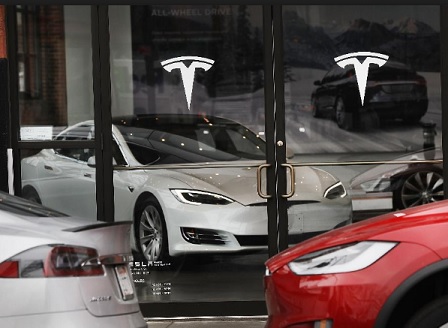 If you’re looking to add cleantech stock to your portfolio, is there anything to buy beyond Tesla Inc.
If you’re looking to add cleantech stock to your portfolio, is there anything to buy beyond Tesla Inc. 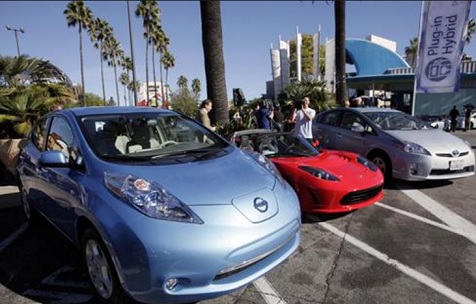 California stays with it: The California Air Resources Board has approved the
California stays with it: The California Air Resources Board has approved the  The Trump administration is keeping the president’s campaign promises supporting fossil fuels and pushing back on clean energy and efficient, clean transport. The State Department’s approval of the Keystone XL pipeline last week raised hackles further for many. Low-to-moderate gasoline and diesel prices aren’t helping make the business case for clean fuel and technologies, either.
The Trump administration is keeping the president’s campaign promises supporting fossil fuels and pushing back on clean energy and efficient, clean transport. The State Department’s approval of the Keystone XL pipeline last week raised hackles further for many. Low-to-moderate gasoline and diesel prices aren’t helping make the business case for clean fuel and technologies, either.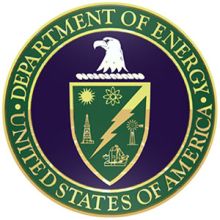 Federal funds cut: If the
Federal funds cut: If the 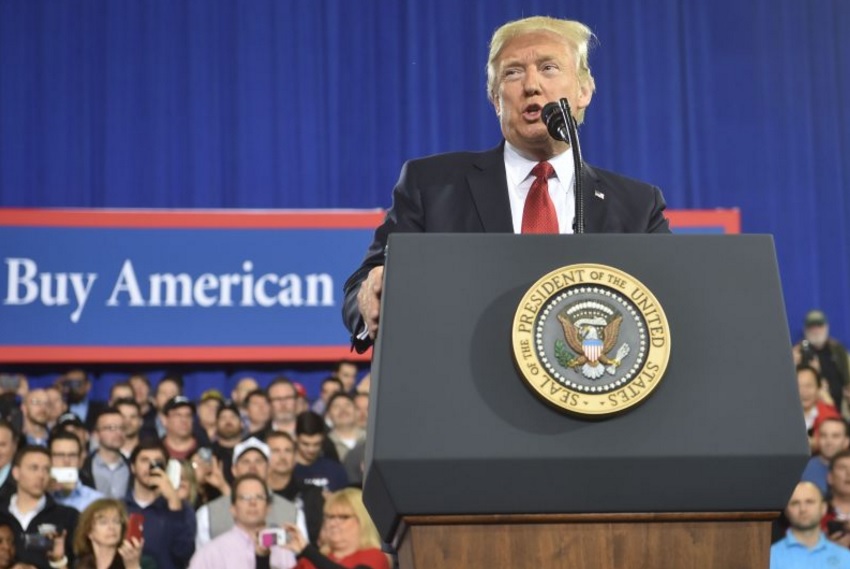 President Donald Trump’s statement on Wednesday reopened the fuel economy and emissions midterm review through the next year, possibly up to the original deadline of April 2018. It’s expected that the Trump administration will weaken the mandate, which when set in 2012, was to double average fleetwide fuel economy to 54.5 mpg by 2025. That mandate was actually based on real-world window sticker average mpg in the high-30s when factoring in automakers’ ability to trade credits and other factors that go into the corporate average fuel economy numbers. The midterm review was included in the 2012 negotiations, with automakers pushing to take a look at how the 2022-25 phase-two period would be going.
President Donald Trump’s statement on Wednesday reopened the fuel economy and emissions midterm review through the next year, possibly up to the original deadline of April 2018. It’s expected that the Trump administration will weaken the mandate, which when set in 2012, was to double average fleetwide fuel economy to 54.5 mpg by 2025. That mandate was actually based on real-world window sticker average mpg in the high-30s when factoring in automakers’ ability to trade credits and other factors that go into the corporate average fuel economy numbers. The midterm review was included in the 2012 negotiations, with automakers pushing to take a look at how the 2022-25 phase-two period would be going. Fuel economy policy: President Donald Trump is expected to announce
Fuel economy policy: President Donald Trump is expected to announce  concepts
concepts 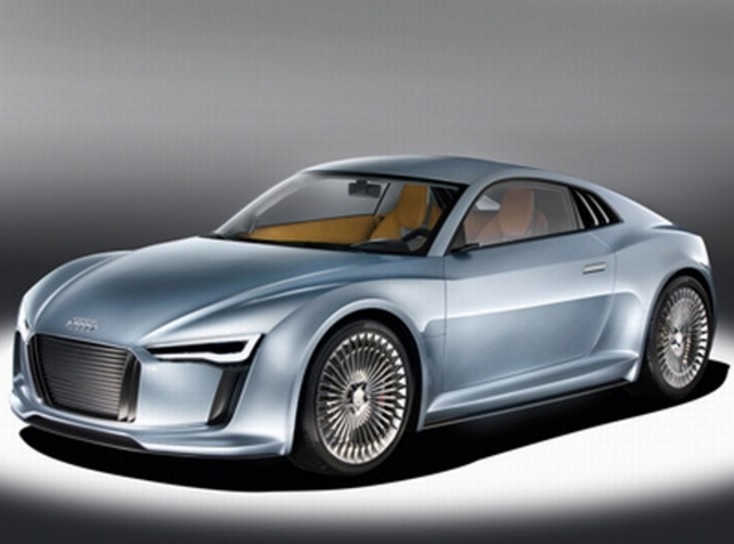 months after being started up for development. That prototype test model was powered by two electric motors producing a combined 456 brake horsepower and 679 lb.-ft., with 0 to 62 mph in 3.9 seconds. The new hypercar could be a rival to similar vehicles in the works, such as the Mercedes Project One and Aston Martin Valkyrie. (The featured image is another Audi concept released a few years ago.) The German VW subsidiary has committed to having three electric production cars on sale by the end of the decade. The Audi Q6 e-tron sport utility vehicle should be the first to come out, and ready for launch later this year. Stadler also expressed interest in the company’s role in the Formula E series and the idea of electromobility.
months after being started up for development. That prototype test model was powered by two electric motors producing a combined 456 brake horsepower and 679 lb.-ft., with 0 to 62 mph in 3.9 seconds. The new hypercar could be a rival to similar vehicles in the works, such as the Mercedes Project One and Aston Martin Valkyrie. (The featured image is another Audi concept released a few years ago.) The German VW subsidiary has committed to having three electric production cars on sale by the end of the decade. The Audi Q6 e-tron sport utility vehicle should be the first to come out, and ready for launch later this year. Stadler also expressed interest in the company’s role in the Formula E series and the idea of electromobility.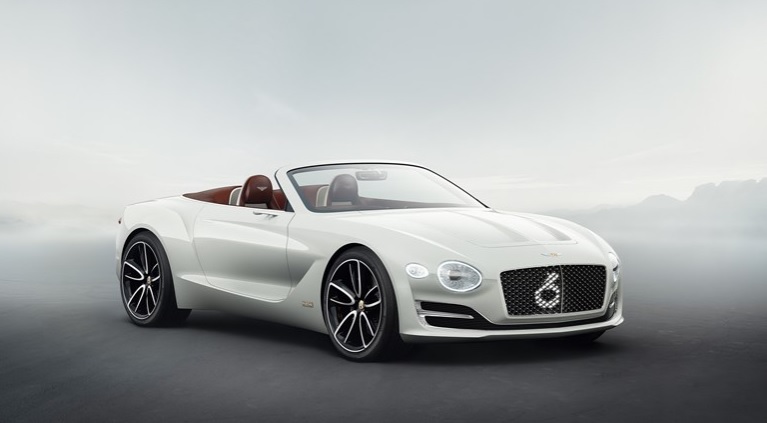 access to wireless charging as one of its offerings. If rapid wireless charging isn’t available for a few years, the electric car can be charged through an auxiliary charging point that will be out sight behind the rear license plate. The compmany reiterated its plan to introduce plug-in hybrid electric vehicle models across the Bentley model range, which will start with the Bentayga in 2018. As for the EXP 12 Speed 6e, “Bentley is committed to offering an electric model in its future portfolio and we are interested to receive feedback on this concept,” said Wolfgang Dürheimer, chairman and chief executive.
access to wireless charging as one of its offerings. If rapid wireless charging isn’t available for a few years, the electric car can be charged through an auxiliary charging point that will be out sight behind the rear license plate. The compmany reiterated its plan to introduce plug-in hybrid electric vehicle models across the Bentley model range, which will start with the Bentayga in 2018. As for the EXP 12 Speed 6e, “Bentley is committed to offering an electric model in its future portfolio and we are interested to receive feedback on this concept,” said Wolfgang Dürheimer, chairman and chief executive.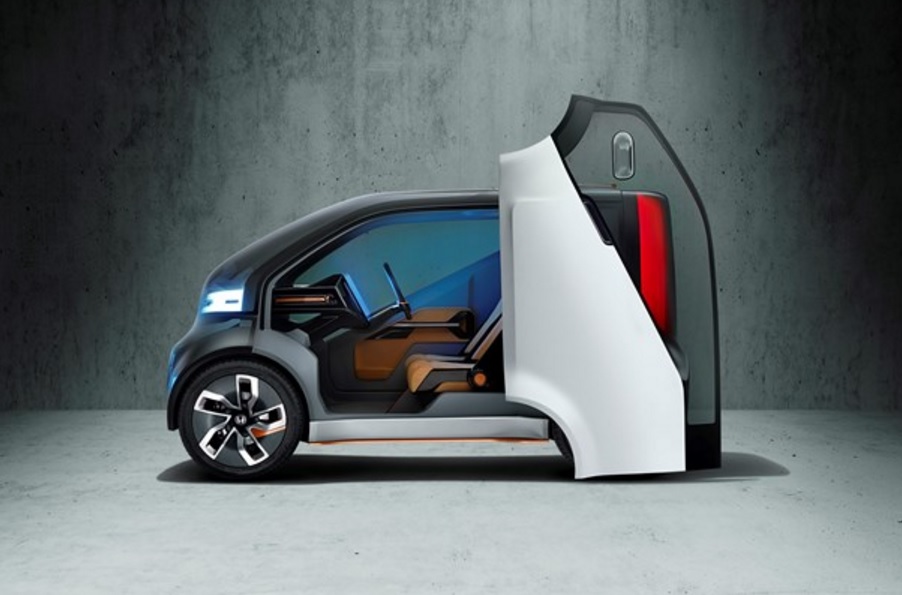 (New Electric Urban Vehicle) will be part of it and was announced in Geneva. The all-electric concept vehicle will offer owners both personal trips and a revenue model for automated ridesharing when the owner doesn’t need to use the vehicle. Rolling out hybrid technology across of its vehicle line will be the first part of the Electric Vision; and the automaker said it will also make available a line of plug-in hybrid, battery electric, and hydrogen fuel cell vehicles in the European market. “We will leverage Honda’s global R&D resources to accelerate the introduction of a full portfolio of advanced, electrified powertrains for the European customer,” Inoue said.
(New Electric Urban Vehicle) will be part of it and was announced in Geneva. The all-electric concept vehicle will offer owners both personal trips and a revenue model for automated ridesharing when the owner doesn’t need to use the vehicle. Rolling out hybrid technology across of its vehicle line will be the first part of the Electric Vision; and the automaker said it will also make available a line of plug-in hybrid, battery electric, and hydrogen fuel cell vehicles in the European market. “We will leverage Honda’s global R&D resources to accelerate the introduction of a full portfolio of advanced, electrified powertrains for the European customer,” Inoue said. 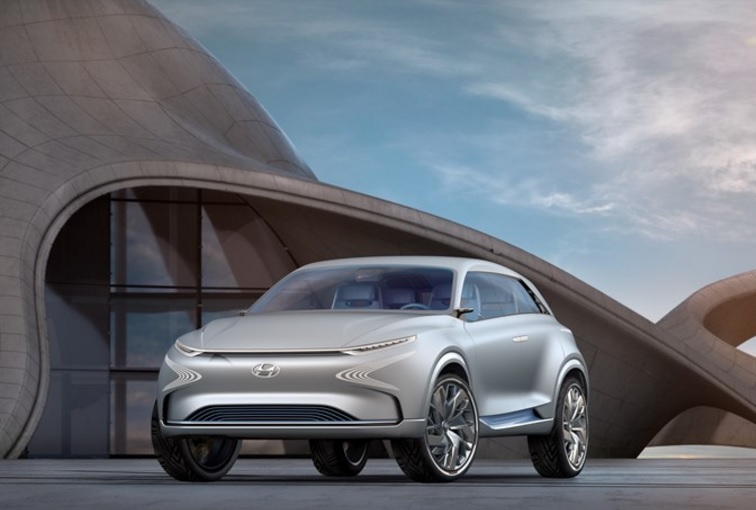 The company says it will go 800 kilometers (497 miles) on a tank of hydrogen. Hyundai said it will be 20% lighter and have 10% greater efficiency than the Tucson Fuel Cell (called the ix35 in Europe). Energy density will be improving quite a bit, by 30%, which the company said will be integral in boosting the range from 265 miles in the Tucson Fuel Cell to 497 miles in the FE Fuel Cell Concept (at least for now; EPA fuel economy ratings will probably bring down that total for the concept fuel cell vehicle).
The company says it will go 800 kilometers (497 miles) on a tank of hydrogen. Hyundai said it will be 20% lighter and have 10% greater efficiency than the Tucson Fuel Cell (called the ix35 in Europe). Energy density will be improving quite a bit, by 30%, which the company said will be integral in boosting the range from 265 miles in the Tucson Fuel Cell to 497 miles in the FE Fuel Cell Concept (at least for now; EPA fuel economy ratings will probably bring down that total for the concept fuel cell vehicle).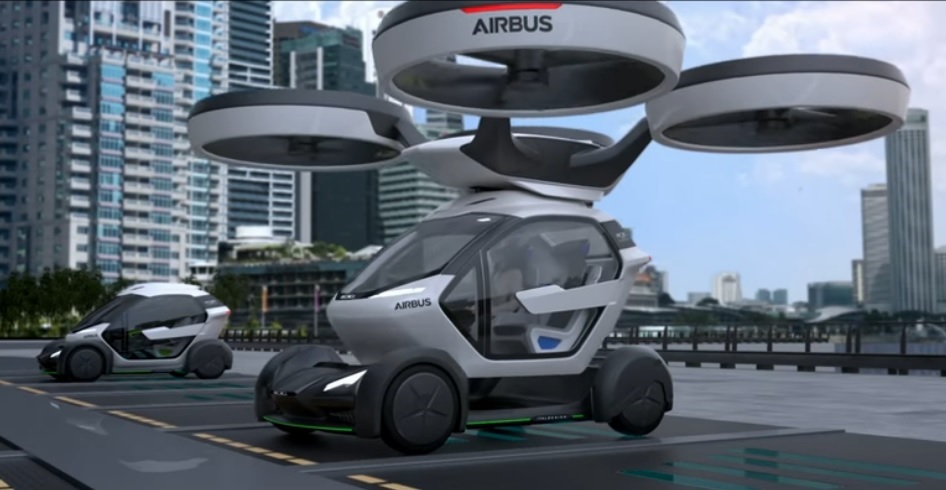 driving and able to release its passenger to a flying drone. A drone will hover over the car, attach itself, and then carry the passenger pod to its destination. Italdesign’s Capsula concept goes back all the way to the 1982 Turn auto show. The new concept vehicle from Italdesign and Airbus would offer the latest in ground mobility tapped into flying vehicle technology being tested – ideal for crowded city streets.
driving and able to release its passenger to a flying drone. A drone will hover over the car, attach itself, and then carry the passenger pod to its destination. Italdesign’s Capsula concept goes back all the way to the 1982 Turn auto show. The new concept vehicle from Italdesign and Airbus would offer the latest in ground mobility tapped into flying vehicle technology being tested – ideal for crowded city streets.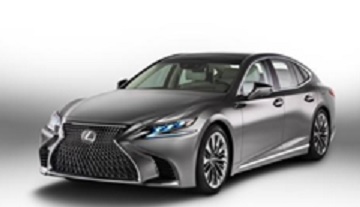 version of Lexus’s flagship sedan. The Toyota division hasn’t released the price, but it could compete directly with the Tesla Model S at a base level and go near $90,000 at the high end. It has a V6 gasoline engine paired with two electric motors, a lithium-ion battery, and 354 horsepower on a multi-stage hybrid transmission. It will come out as a 2018 model year vehicle.
version of Lexus’s flagship sedan. The Toyota division hasn’t released the price, but it could compete directly with the Tesla Model S at a base level and go near $90,000 at the high end. It has a V6 gasoline engine paired with two electric motors, a lithium-ion battery, and 354 horsepower on a multi-stage hybrid transmission. It will come out as a 2018 model year vehicle.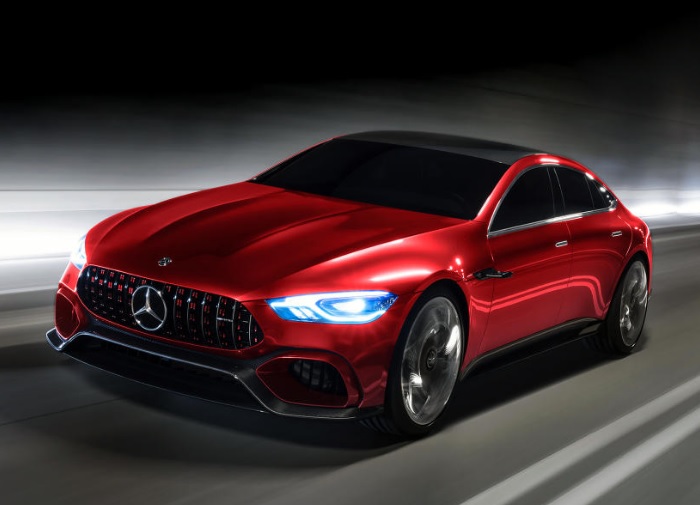 indicates that the German sports car brand is looking at adding the new model to electrification of its future models under the new electric brand. All performance hybrids from AMG will carry this EQ Power+ designation. This concept taps into a combination of a gas-powered 4.0-liter twin-turbo V8, a high-performance electric motor, and a powerful yet lightweight battery to get a total system output of 805 horsepower. The concept vehicle is being tied into Mercedes-AMG’s 50th anniversary.
indicates that the German sports car brand is looking at adding the new model to electrification of its future models under the new electric brand. All performance hybrids from AMG will carry this EQ Power+ designation. This concept taps into a combination of a gas-powered 4.0-liter twin-turbo V8, a high-performance electric motor, and a powerful yet lightweight battery to get a total system output of 805 horsepower. The concept vehicle is being tied into Mercedes-AMG’s 50th anniversary.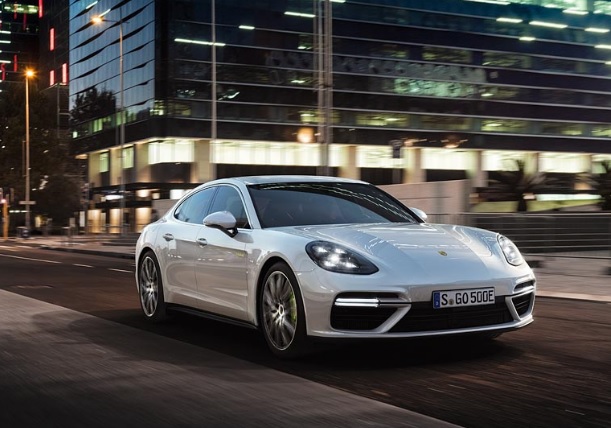 promoting it as the flagship in the Panamera brand for its impressive power delivery. It can deliver 500 kW/680 horsepower of system power and 850 Nm of torque. It goes from zero to 100 km/m (62.13 mph) in 3.4 seconds, and can hit a top speed of 310 km/h (192.62 mph). The power comes from a 100 kW electric motor combined with a four-liter V8 engine that can bring the hybrid system 550 in horsepower.
promoting it as the flagship in the Panamera brand for its impressive power delivery. It can deliver 500 kW/680 horsepower of system power and 850 Nm of torque. It goes from zero to 100 km/m (62.13 mph) in 3.4 seconds, and can hit a top speed of 310 km/h (192.62 mph). The power comes from a 100 kW electric motor combined with a four-liter V8 engine that can bring the hybrid system 550 in horsepower.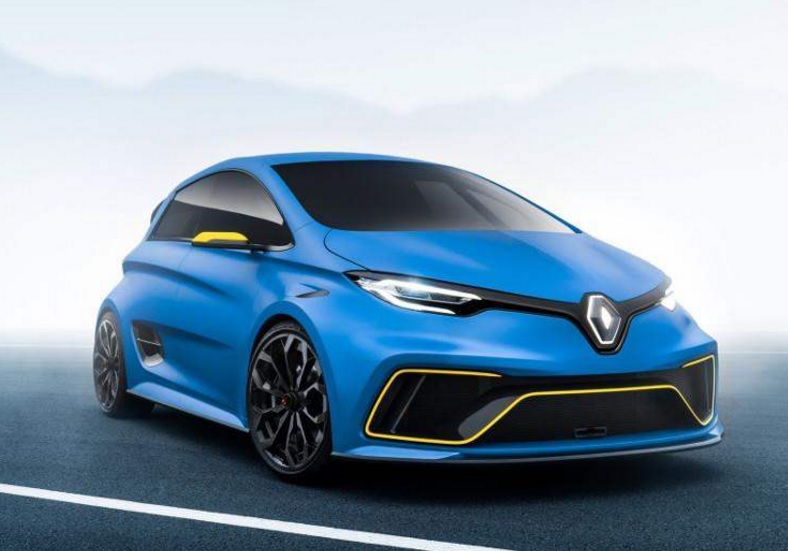 automaker’s commitment to electric vehicles with winning two titles in FIA Formula E races. The e-Sport Concept will be built on the Zoe all-electric car’s platform and will have some of the same aerodynamic design and styling of the Renault e.dams team’s Formula E single-seaters. It will also utilize lightweight carbon fiber, as does Renault e.dams’ racer. The Renault e-Sport is powered by two motors that deliver a total of 340 kW of power. It will come with two batteries for energy storage with a total capacity of 40 kWh.
automaker’s commitment to electric vehicles with winning two titles in FIA Formula E races. The e-Sport Concept will be built on the Zoe all-electric car’s platform and will have some of the same aerodynamic design and styling of the Renault e.dams team’s Formula E single-seaters. It will also utilize lightweight carbon fiber, as does Renault e.dams’ racer. The Renault e-Sport is powered by two motors that deliver a total of 340 kW of power. It will come with two batteries for energy storage with a total capacity of 40 kWh.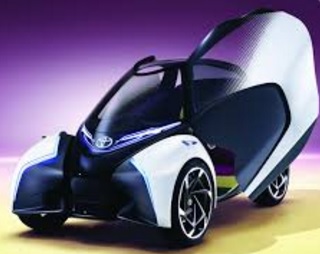 globally at the Geneva Motor Show
globally at the Geneva Motor Show Battle over biofuels: Conflict and confusion
Battle over biofuels: Conflict and confusion  Last week’s announcement of the $155 million that oil giant BP will be placing in Clean Energy Fuel Corp.’s Redeem renewable natural gas (RNG) shows a microcosm of much larger trends:
Last week’s announcement of the $155 million that oil giant BP will be placing in Clean Energy Fuel Corp.’s Redeem renewable natural gas (RNG) shows a microcosm of much larger trends: